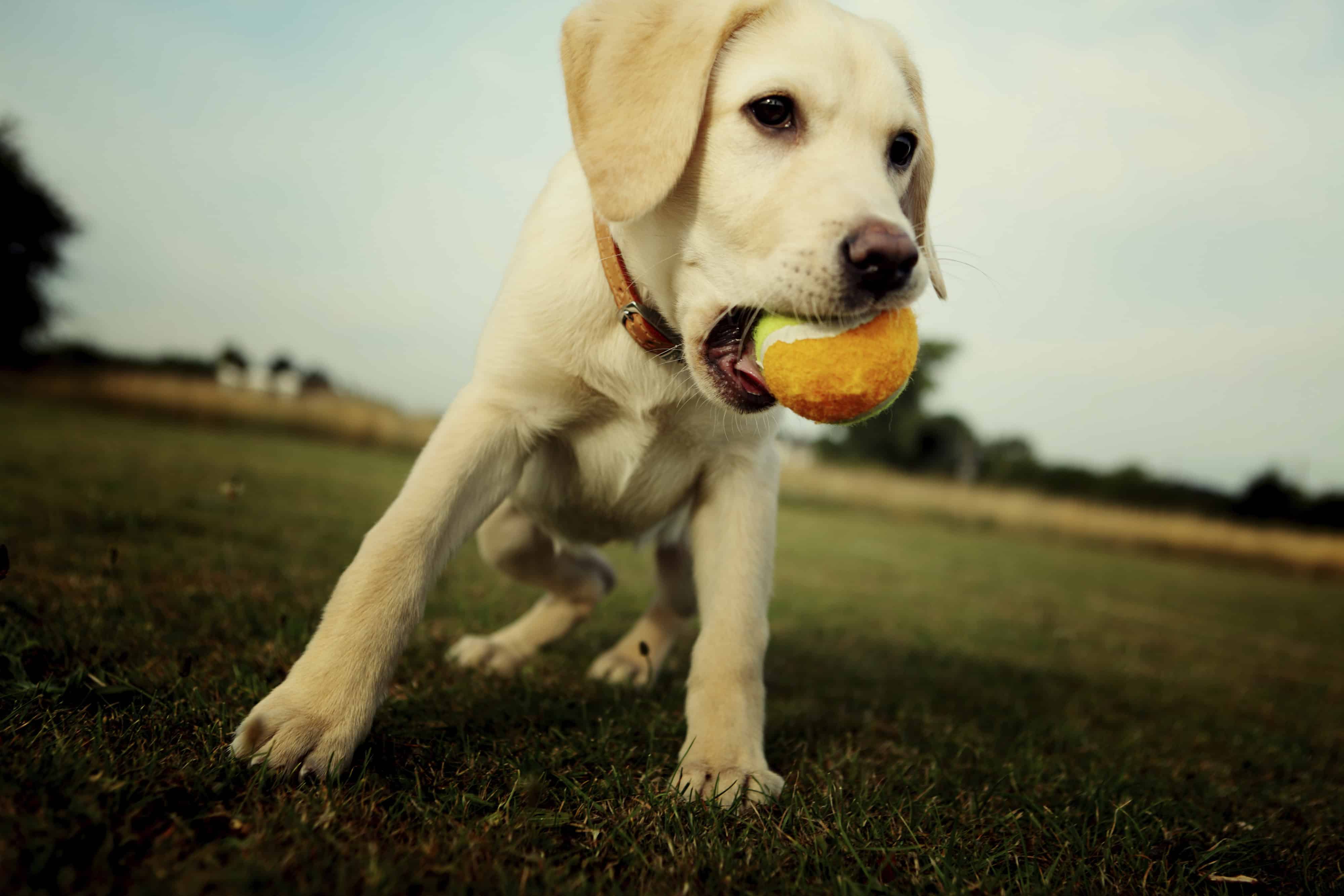Camp Bow-wow: Dog Park Etiquette For the Best Experience
 Dog parks are public areas that support and promote off-leash canine play, socialization, and exercise. They can be a phenomenal resource for both you and your precious pup, but there is a very specific code of conduct that deserves close consideration. If you are looking for a positive, safe experience at the dog park, we recommend boning-up using our following guide to dog park etiquette.
Dog parks are public areas that support and promote off-leash canine play, socialization, and exercise. They can be a phenomenal resource for both you and your precious pup, but there is a very specific code of conduct that deserves close consideration. If you are looking for a positive, safe experience at the dog park, we recommend boning-up using our following guide to dog park etiquette.
Getting to Know Your Dog Park
Dog parks vary somewhat, but the basics are typically the same. Oftentimes, a dog park is within or adjacent to a large public park, such as RRUFF Dog Park which is nestled inside Johnson-Springview Park. In a protected, fenced-off area, your dog can play freely with you or other dogs. While the dog park is a great place to meet other people (and pets) from our community, you’ll want to closely observe your dog’s behavior as he or she interacts with new dogs.
The rules and regulations are likely posted near the entrance, and some may reflect the following dog park etiquette:
- At your dog’s upcoming wellness visit, talk to us about whether your pup is ready for the park
- Invest in puppy socialization or dog training
- Puppies younger than four months old should not visit the dog park due to exposure risk of illnesses not yet vaccinated against
- Be certain your dog’s vaccinations are all up-to-date
- Practice parasite prevention – dog parks can quickly turn into a breeding ground for fleas, and even ticks can be picked up there
- Be sure that your dog is spayed or neutered
- Is your dog properly identifiable? Update microchip information, ensure tags are secure, and, if applicable, renew his or her dog license
- Although this is an opportunity for your dog to experience freedom, stay close to him or her
- Since you’ll be watching your dog closely, clean up any messes he or she leaves behind.
- Avoid bringing toys or treats into the dog park, as they can cause problems (instead, save those for the way home or upon arrival)
- Always bring your own water – communal dog park water can spread illnesses, such as leptospirosis
- If you notice any unwanted behavior from your dog, or your dog becomes an aggressive dog’s target, intervene immediately
Applying Your Dog Park Etiquette
Besides giving your dog an opportunity to play, a positive dog park experience usually revolves around watching dogs interact and communicate with each other. There are signs of good play as well as questionable behavior, and this should help you draw the line between the two:
When to simply stand back – Allow your dog the freedom to pretend that he or she is ferocious and feared beast. To that end, you’ll notice growling, chasing, wrestling, tackling, pouncing, or even a play-bite or two. As long as he or she appears relaxed, let your dog carry on.
When to step in – If your dog appears tense and the tone of play is escalating, it’s time to intervene. You may also notice a rigidity or stiffness in your dog’s body language that signal aggression. Err on the side of caution and step in before an injury occurs.
It’s important to understand your dog’s personality before visiting a dog park, and the general tendencies of dogs when grouped together, For example, dogs tune into the pack mentality and tend to chase a single dog that is trying to run away. Watch out for any dog that is getting bullied or the victim of any dangerous play.
Pawsitive Results
By following our trusty tips, we are sure you and your dog will have an enjoyable time. Abiding by dog park etiquette shows responsible pet ownership and respect for others at the park. Please let us know how we can support this worthwhile adventure!

